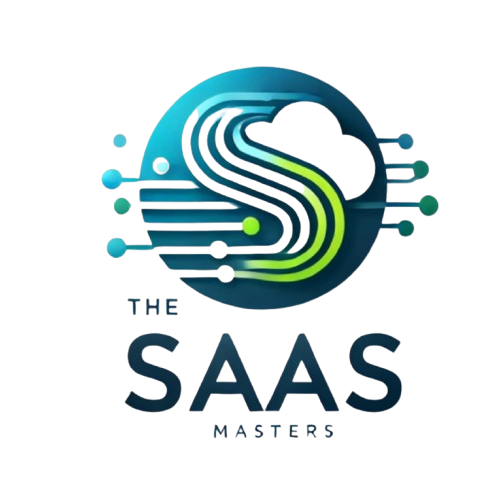What are you Looking for?
Select Sidearea
Populate the sidearea with useful widgets. It’s simple to add images, categories, latest post, social media icon links, tag clouds, and more.
Contact info
-
P: Phone:
-
E: Email:
-
A: Address:
MVP Development for SaaS Startups: How to Launch Fast Without Cutting Corners
An MVP isn’t a stripped-down version of your dream app — it’s a strategic, testable version of your business.
The problem? Most MVP development for SaaS startups either drags on for months or ships so bare-bones it can’t validate anything.
We’ve built SaaS MVPs in as little as 4 weeks — without sacrificing the features that matter. Here’s how we do it (and what you should avoid).
Define the Business Test First, Features Second
Your MVP is not “version one.” It’s a business experiment.
Answer these before you write a line of code:
- What problem are we solving?
- Who will use it first?
- What single metric proves it’s working?
Every feature that doesn’t move that metric is noise.
Pick a Stack That Won’t Trap You Later
The wrong stack can kill you at scale.
What we recommend:
- Frontend: React.js or Next.js (fast to build, flexible for future)
- Backend: Node.js/Express or NestJS
- Database: PostgreSQL or Firebase (depending on speed vs complexity)
- Hosting: AWS or Vercel (AWS if you’ll need HIPAA/enterprise compliance later)
- Payments: Stripe from Day 1 (even if you’re not charging yet)
This lets you ship quickly without painting yourself into a corner.
Build the Core Loop First
Your “core loop” = the smallest set of steps users take to get value.
For example:
- In a marketplace: post → match → transaction
- In a CRM: add contact → send message → log result
- In a scheduling tool: set availability → share link → receive booking
Build the loop, launch it, and let real users break it.
Don’t Skip Admin Tools
Most MVPs launch without an admin panel — then grind to a halt when you can’t moderate users, refund payments, or fix data issues without a developer.
We always include:
- User search + role management
- Basic analytics (signups, activity, churn)
- Support actions (reset password, approve content)
It’s not glamorous, but it’s what keeps the MVP alive after launch.
Launch in Weeks, Iterate Immediately
Typical MVP timeline we follow:
- Week 1: UX mapping + wireframes
- Week 2: Infrastructure setup + core feature build
- Week 3: Frontend + backend integration
- Week 4: Testing, admin tools, payment integration
- Week 5: Launch + gather feedback
Iteration starts the moment your first user logs in — not after six months.
Final Thought
MVP development for SaaS startups is about moving fast with purpose. You’re proving a business, not chasing perfection.
Ship the right thing, learn fast, and your MVP becomes the foundation — not a throwaway prototype.

